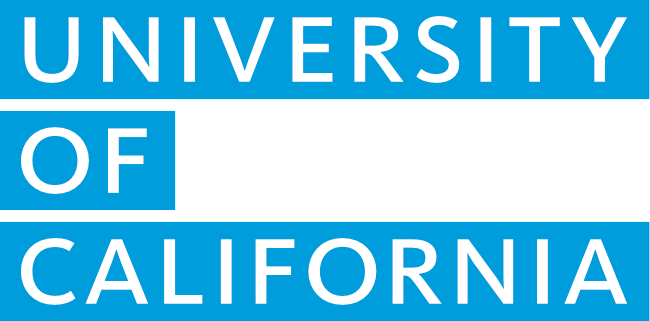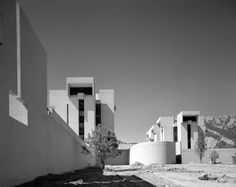About
Bio-Sketch

Background
Originally from northern California, I obtained my Batchelor's degree in physics from UC Berkeley in 2000. Go Bears! Following that, I spent a year as a research assistant at Lawrence Berkeley National Lab working on some issues in paleoclimate. Then I started graduate work at UCLA in 2001 studying Atmopsheric & Oceanic Sciences. My research there focused on analysis of experiments with climate models.

NCAR
Since 2009 I have been a Project Scientist in the Climate and Global Dynamics Laboratory at that National Center for Atmospheric Research in Boulder, Colorado. My research continues to focus on experiments with climate models. Most of my work is focused on issues around clouds, especially low-level clouds that are connected to the atmospheric boundary layer.
Research Themes
☁ Cloud Processes
Clouds form when vapor condenses, but dissipate when mixed with dry air. Rain forms as cloud droplets collide and grow. The optical properties of a cloud are determined by the distribution of drop sizes and phase. Phase changes release latent heat and radiative transfer through cloudy air modifies heating rates, altering the environmental flow. This is just the beginning of a deep spiral into the intricacies of cloud processes and dynamics.
❅ Cloud Feedbacks
If global warming leads to more cloud cover, the clouds will reflect more sunlight and dampen the warming. If warming leads to less cloud cover, more sunlight will be absorbed by the surface and hasten warming. We try to understand the feedback loops that determine which will happen.
♨ Boundary Layers
Low-level clouds are intricately involved in the structure of the atmospheric boundary layer, the thin, turbulent layer in contact with the surface. Understanding the turbulent nature of the boundary layer is key to improving cloud simulations.